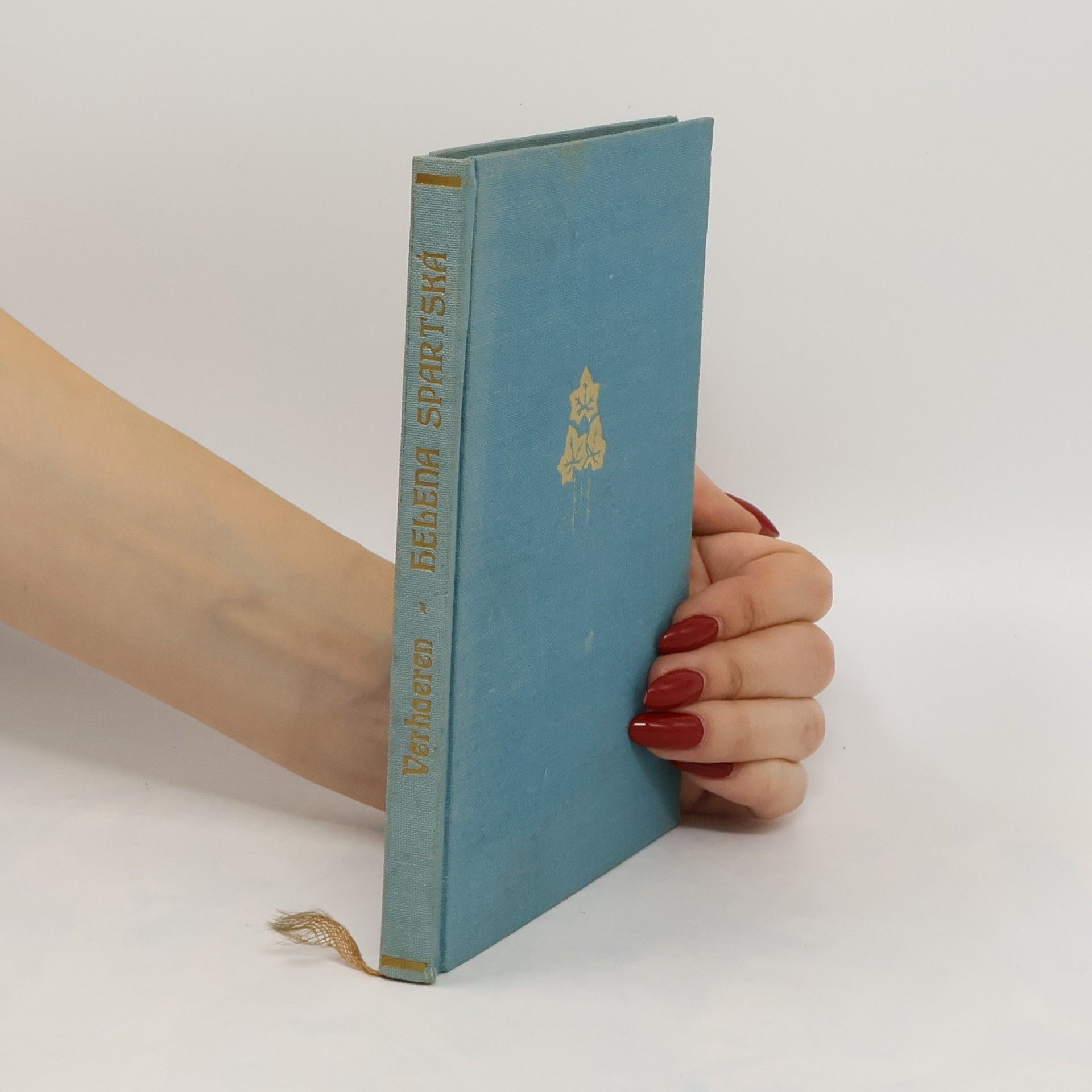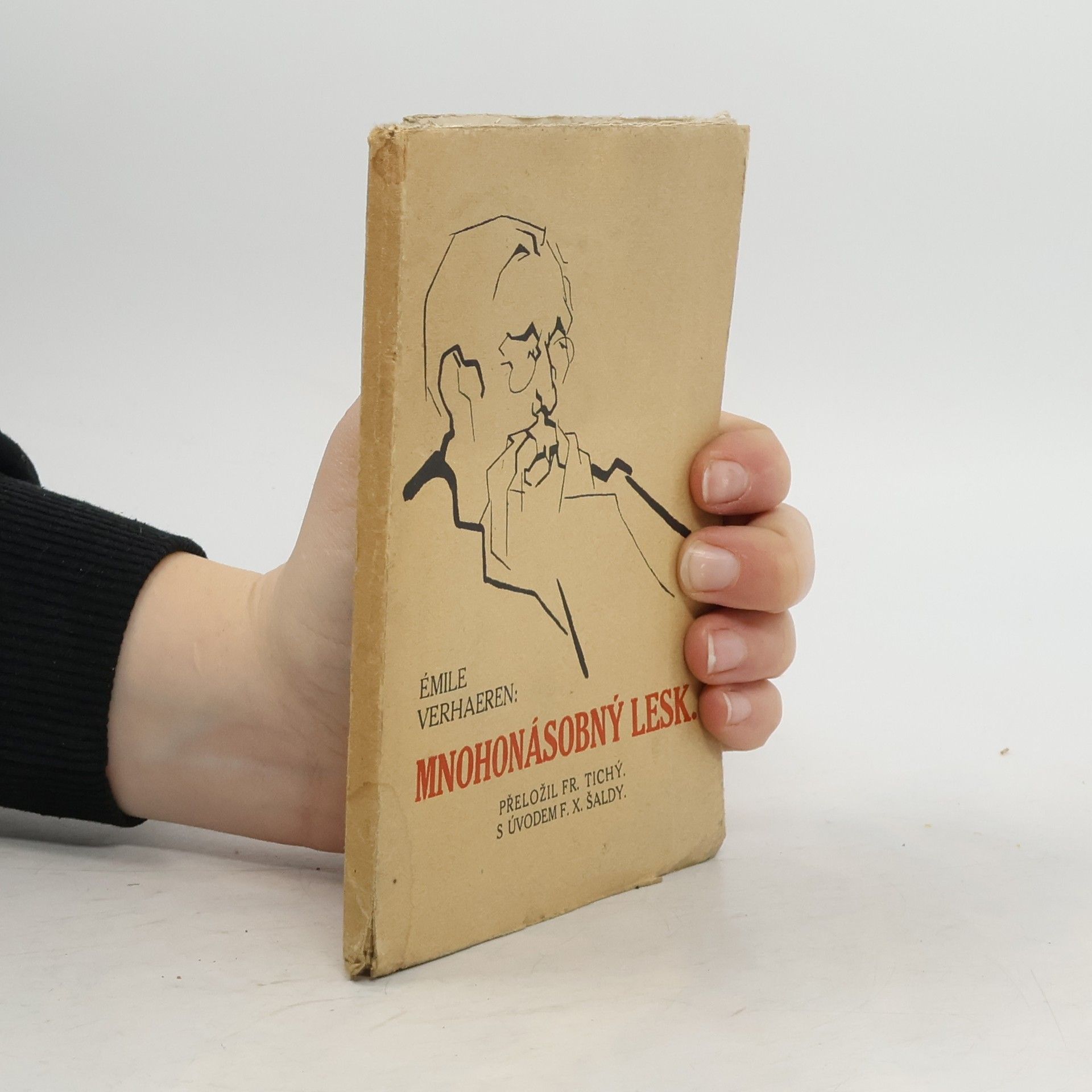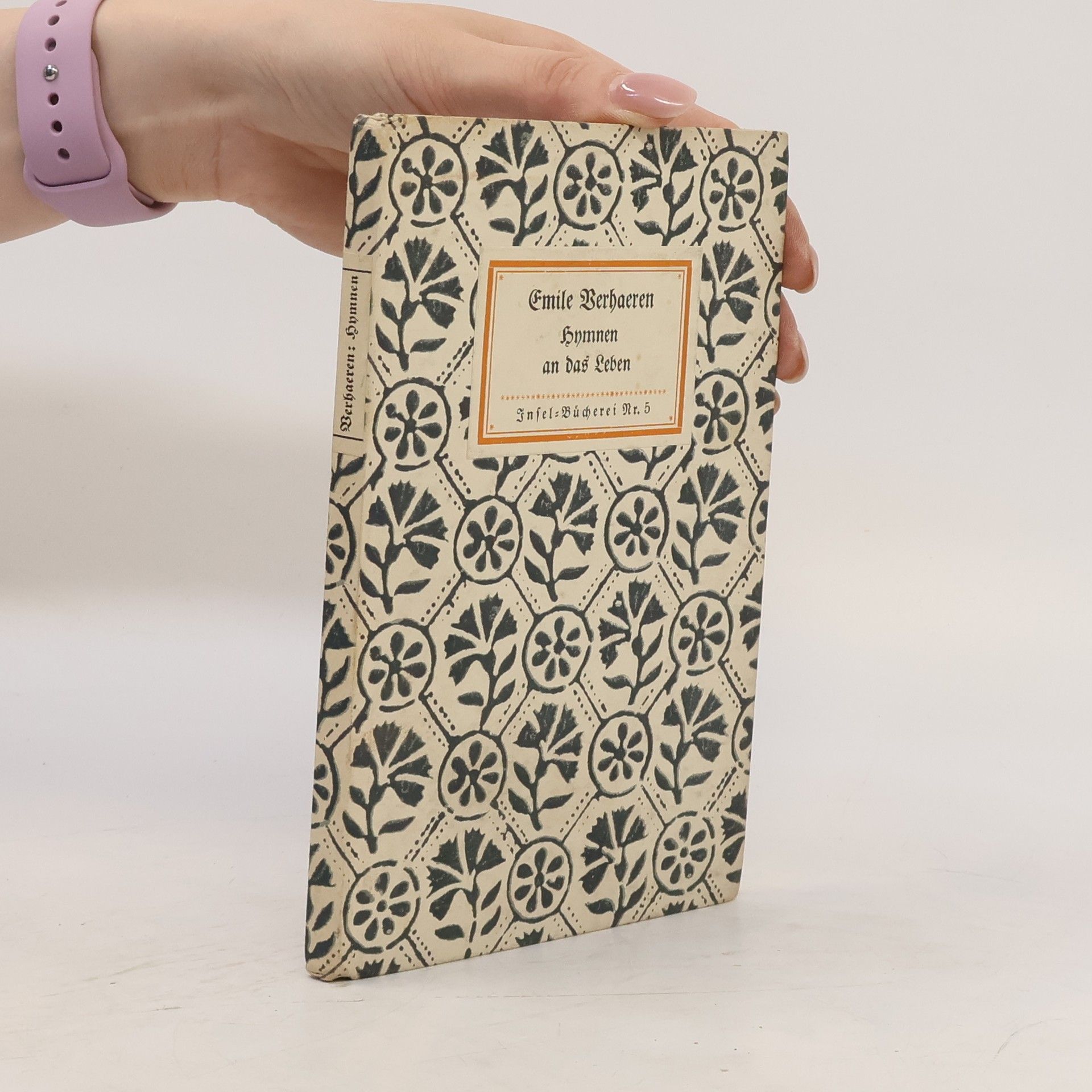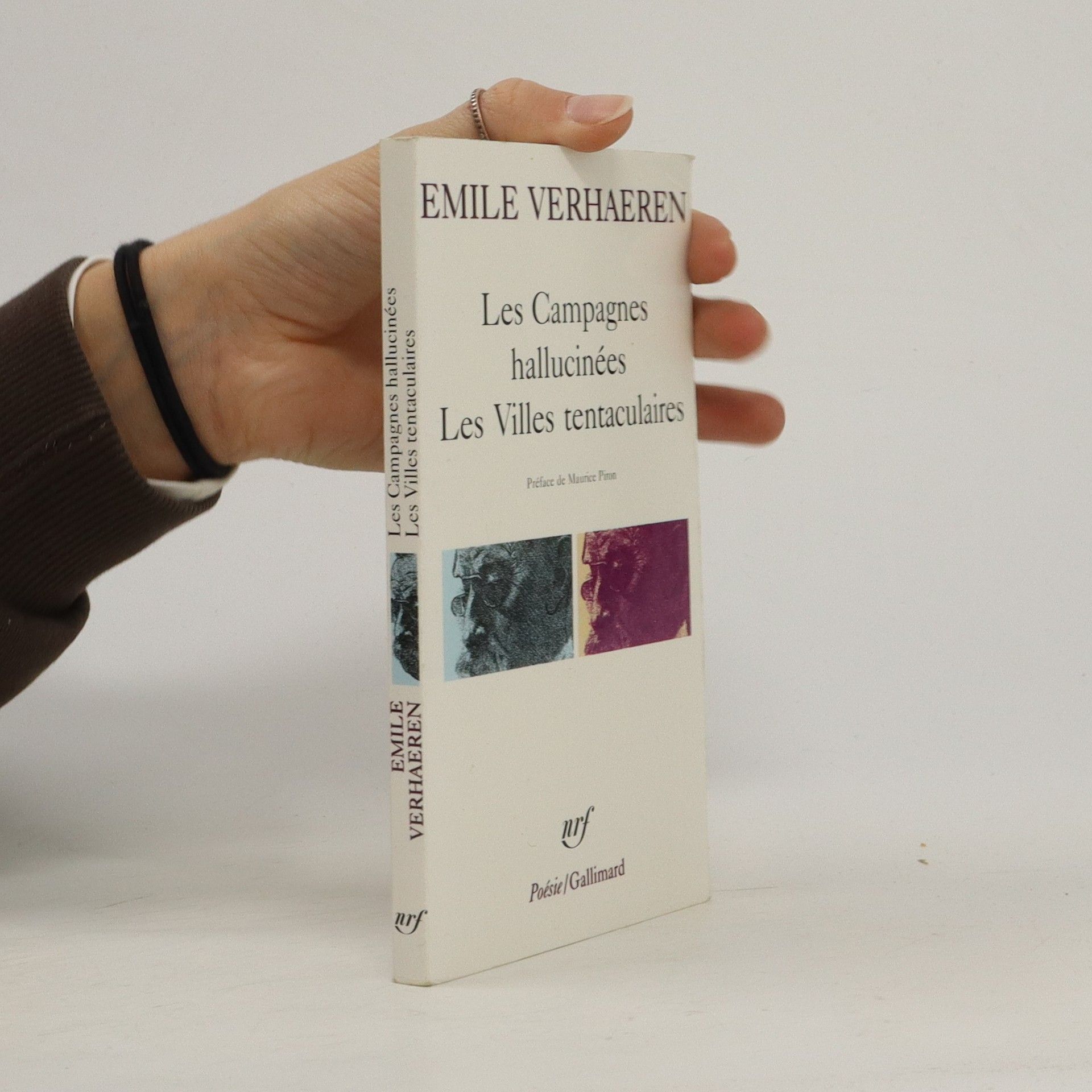James Ensor
- 234bladzijden
- 9 uur lezen
Emile Verhaeren was een Belgische dichter en een van de belangrijkste grondleggers van het Symbolisme, die in het Frans schreef. Zijn vroege werk beschreef levendig en provocerend zijn land en de Vlaamse bevolking met een naturalistische directheid, wat onmiddellijk succes oogstte in avant-gardistische kringen, maar ook controverse opriep. Geïnspireerd door beeldende kunstenaars, verkende zijn poëzie vaak de donkerdere aspecten van het leven en de maatschappij. Ondanks persoonlijke crises en gezondheidsproblemen produceerde hij een omvangrijk oeuvre dat gekenmerkt wordt door een krachtig gevoel voor beeldspraak en innerlijke ervaring.







Dramatická episoda o třech dějstvích z historie Španělska v Escorialu.
tragedie o čtyřech dějstvích
"Dès le début des années 1880, Verhaeren déploya, à côté de son œuvre de poète, une intense activité de critique dans les journaux et dans les revues.Les arts plastiques constituèrent un champ majeur de l’investissement de cet écrivain dont l’œuvre s’est souvent inspirée de l’univers pictural et révèle une grande puissance visuelle.L’ensemble des critiques d’art publiées en français ainsi que les grandes monographies consacrées à Khnopff, Rubens, Ensor et Rembrandt font l’objet de ce volume.Sous coffret."
Emile Verhaeren, ein bedeutender belgischer Dichter, lebte von 1855 bis 1916. Seine Werke zeichnen sich durch eine tiefe Auseinandersetzung mit der menschlichen Existenz und der modernen Gesellschaft aus. Verhaeren gilt als einer der wichtigsten Vertreter des Symbolismus und hat durch seine lyrische Sprache und innovative Ausdrucksweise einen bleibenden Einfluss auf die Literatur hinterlassen. Sein Schaffen reflektiert die Spannungen und Umbrüche seiner Zeit, was ihn zu einer zentralen Figur in der europäischen Literaturgeschichte macht.